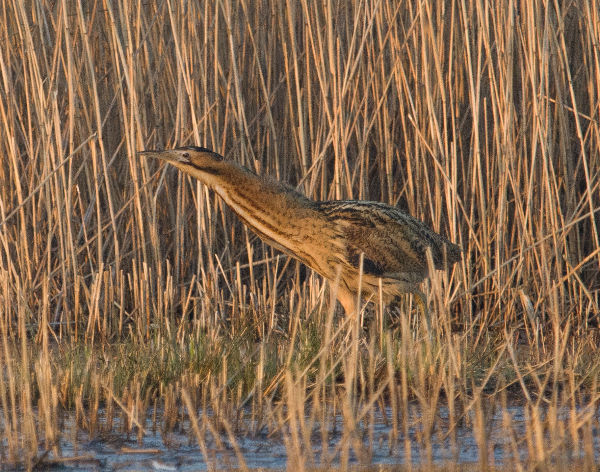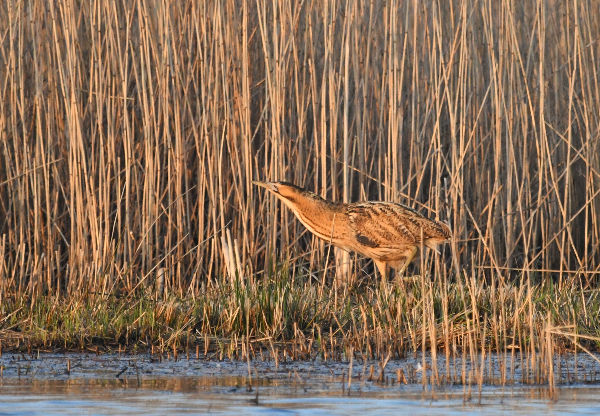Wildlife Watch with Jerry
- Broads Society

- May 17, 2025
- 3 min read
Barton Broad, Black Terns and Bitterns
Jerry Simpson

The beginning of May is always an exciting time for birdwatchers, as it marks the period
when migration brings the potential for anything to turn up in your local patch. Over the
years, I have looked forward to the chance of seeing one of my favourite terns, the Black
Tern (Chilidonias niger), appearing on Barton Broad as it passes through. During springtime,
these marsh terns, known for feeding almost exclusively in freshwater habitats, grace our
local broads briefly while moving toward their breeding grounds. As the name suggests, they
display some black colouration in their spring finery, featuring a black head, bill, and
underparts, while their wings are predominantly grey. They lack the long tail streamers found
on sea terns but possess a forked tail that they use as they twist and turn in the air, picking
insects off the water's surface.
Black terns spend the winter in Africa but breed across mainland Europe as far east as the
Soviet Union. They can start passing through the Broads from late April to mid-May,
depending on weather conditions. If you are not watching on the right day, you may easily
miss them as they do not stay long. They begin their autumn passage in early July, but the
majority move back through Norfolk in August and early September. Autumn birds are much
less colourful than in spring, lack much of the black colouration that gives them their name,
and are generally seen in much lower numbers.
Black terns used to breed in Norfolk and the fens but, sadly, have not successfully nested
here since 1975 when a pair raised one chick at Welney. “Birds of Norfolk” documents their
demise as a breeding bird and records that three birds over-summered at Hoveton Great
Broad in 1979, while a letter from Sir Thomas Browne in 1668 commented on a wet Alder
carr at Upton that held hundreds and hundreds of Black tern nests and suggests the birds
were known locally as the “Blue darr";. As the drainage of Broadland continued, the Upton
Drainage Act of 1799 meant that the colony did not survive there much longer.

Bitterns (Botaurus stellaris) have already been heard booming this spring from both Barton
Turf and Irstead, which border Barton Broad. I have also heard them booming from the
direction of How Hill. Bitterns are reputed to be Britain’s loudest bird, with the male’s
distinctive booming sound, which resembles a foghorn, carrying over three miles. RSPB
monitors Bittern numbers by counting male birds heard booming, and the latest figures bring
good news. Last year, they recorded 283 calling, a 20% increase from 2023 and the largest
annual increase since monitoring began in 1990 - a far cry from when only eleven were left
in 1997. Early in the morning is the best time to hear them.

Dragonflies and Damselflies
Look out for the first dragonflies and damselflies of the year which are on the wing in May. In
Broadland the first damselflies are usually the Large Red damselfly (Pyrrhosoma nymphula)
and the Azure damselfly (Coenagrion puella), the latter being one of three similar-looking
blue species. The first dragonflies are generally the Hairy dragonfly (Brachytron pratense),
which is small and blue-green in colour, and the Four-spotted chaser (Orthetrum
cancellatum) which has distinctive black spots on its wings.

Jerry Simpson is a Broads Society member who lives in Neatishead, within walking distance
of both Barton and Alderfen Broads. He is a site-specific volunteer for the Broads Authority
with responsibility for the Barton boardwalk and chairman of the Broadland local group of the
Norfolk Wildlife Trust.




Comments